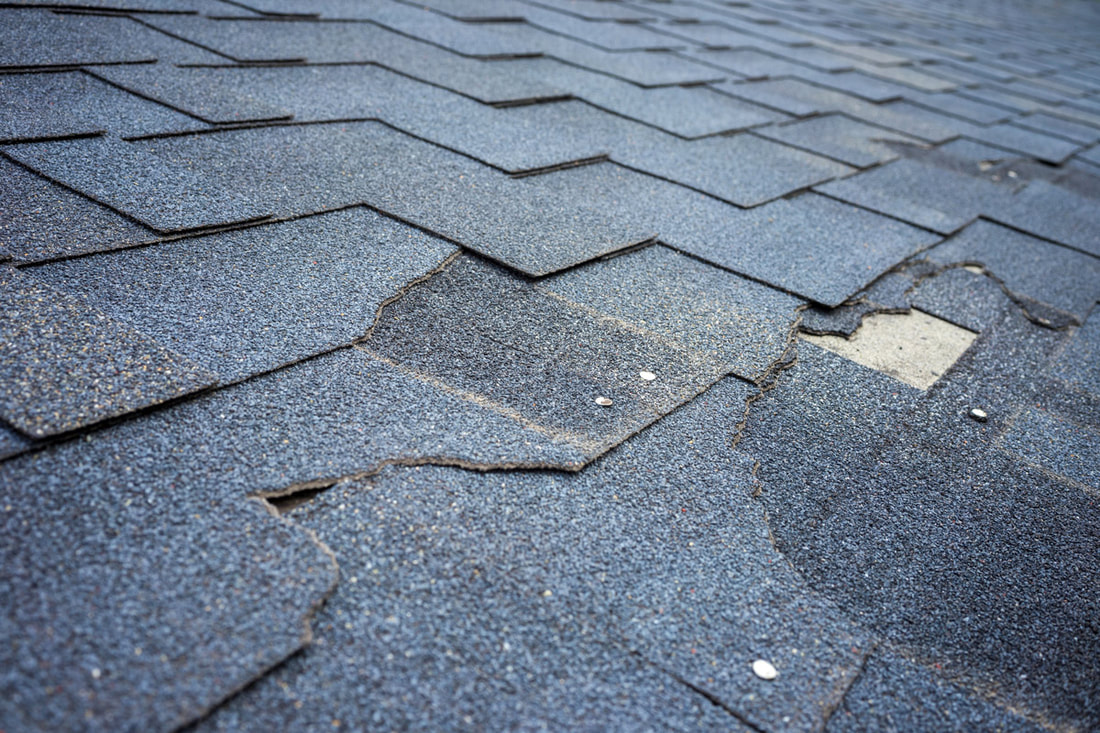How Florida Winds Can Damage Your Roof

When you think about it, it’s ironic that something as nearly weightless as air could do damage to relatively weighty objects like the shingles that cover your roof – but it surely can. When winds start moving at 50 miles per hour or faster, serious danger of roof damage exists; and when wind speeds hit 100 mph or more, such damage becomes likely.Here are the five most common ways that wind manages to impact roofing and leave you in need of a roof repair:
- Getting underneath your shingles. If a shingle was not properly nailed down or if it’s loose on an end or a corner, wind can whip underneath it and lift it up. This may result in the shingle bowing, bending, cracking, or breaking off.
- Tearing the roofing off your roof. The force of strong winds can act just like a hand. The wind, in effect, grabs a hold of one end of shingle, pulls on it forcefully, sustains that pull, and finally rips it out of place. It either lies there loose or falls out completely at that point.
- Driving rain across your rooftop. By “teaming up” with water, wind can do even more damage – and capitalize on the damage it’s already done. Wind can drive rain sideways across a roof or up the roof so as to push the water under the shingle tabs. This may well facilitate a roof leak and require a prompt roof repair.
- Wearing down ridge and rake caps. The ridge caps (and rake caps) are the highest and most exposed parts of your roofing system. They catch the brunt of every wind storm and often need to be replaced before the rest of the roofing.
- Throwing branches and debris at your roof. You should cut back all overhanging tree branches at least ten feet from your roof’s edge. High winds can throw large branches or whole tree trunks into a home/roof. And swaying branches can scratch the roof surface. Wind-borne debris may also collide with your roof and damage it.
Don’t Delay To Get A Professional Roof Repair!
Every roof repair need is urgent. Failing to give it prompt attention may allow things to fester out of control.
A few loose or missing shingles create an opening for water and a roof leak. Curled shingles maybe could be fixed – but wait too long, and they may break. Loosened flashing may be ripped off entirely by the wind if not secured again in its place. The list goes on. Waiting could cause more damage and cost you more – including interior water damage, so it’s best to act quickly.
For a free quote on a roof repair, roof inspection, or roof replacement, do not hesitate to call Sheegog Contracting in Central Florida today!


